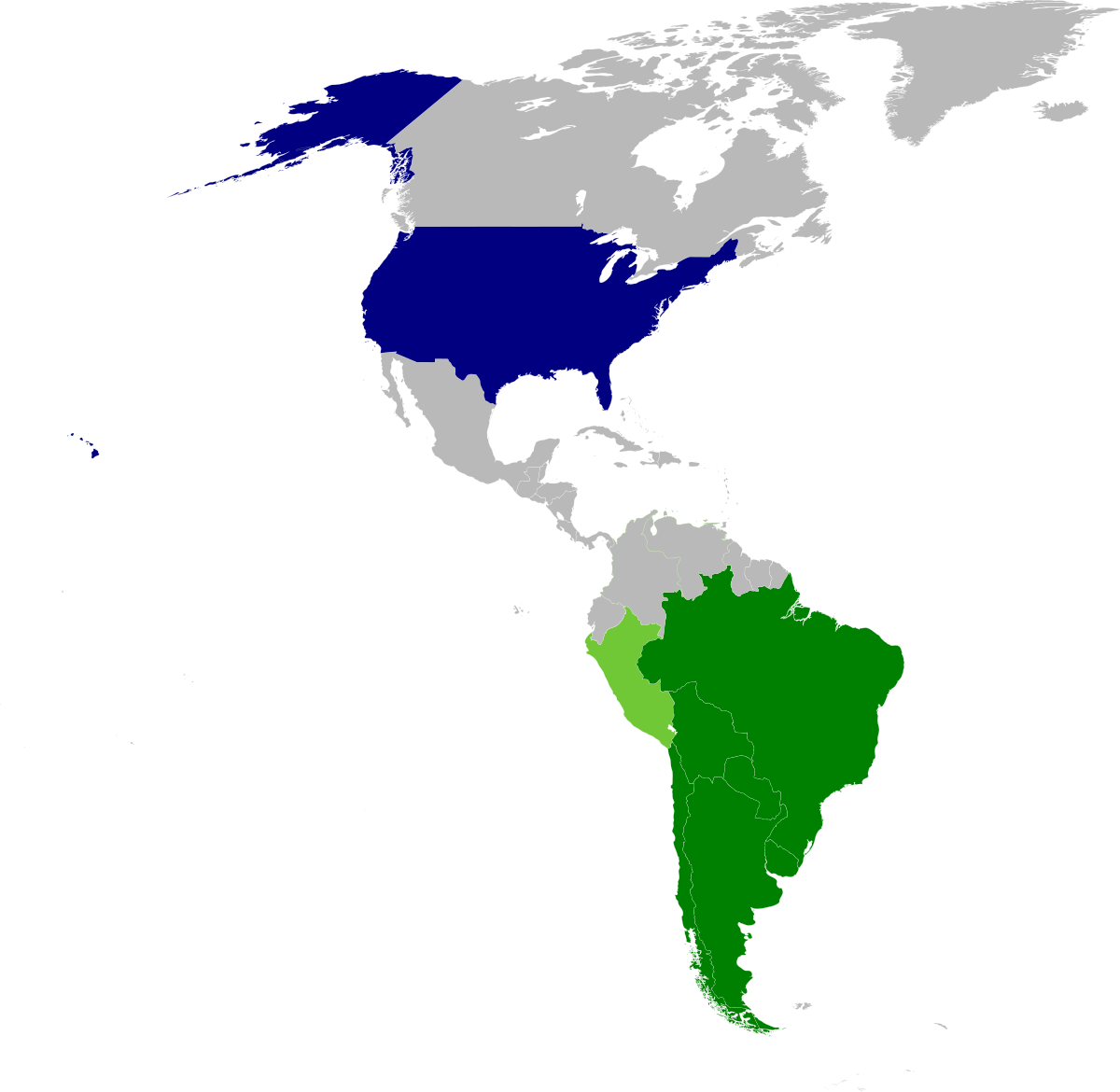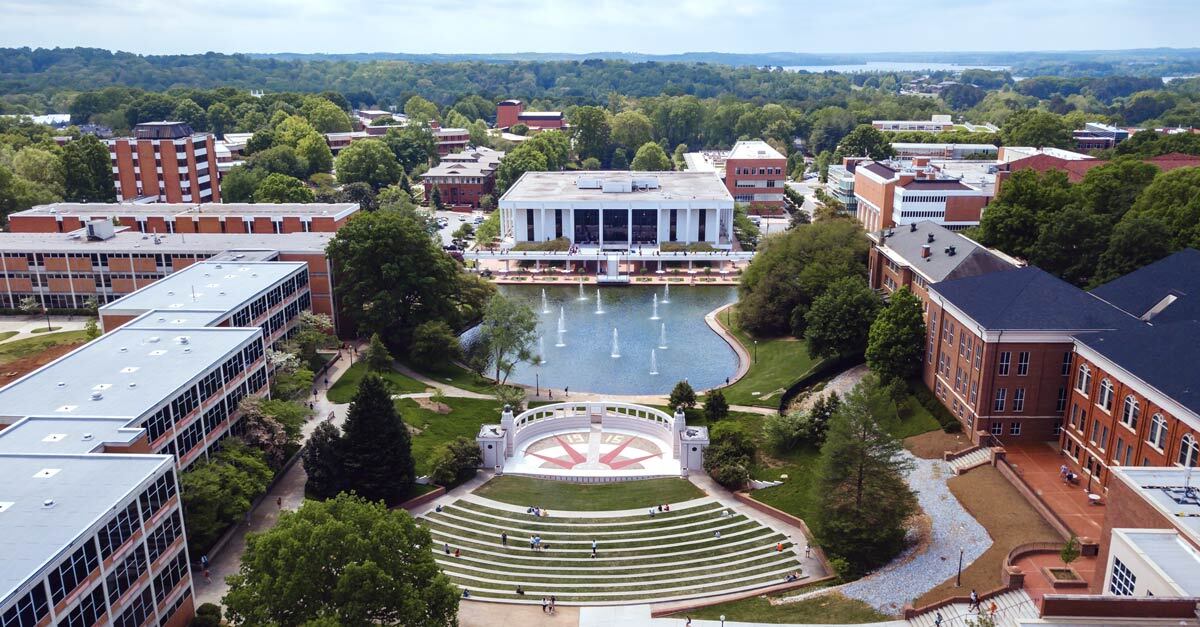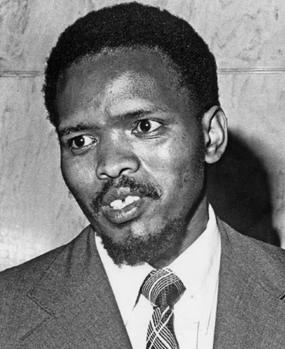The ‘Meaning’ of 9/11
It’s not what you think
by Justin Raimondo, September 10, 2010
One would think that after nine years at least some of the anger, the horror and shock of the 9/11 terrorist attacks would have dissipated: but no. A glimpse at the headlines, a few days before the somber anniversary, disabuses us of this hopeful notion: a crazed pastor out in the boonies somewhere is burning Korans, and the commander of our forces in Afghanistan feels compelled to respond, as does the President. The proposal to build a Muslim community center blocks from "ground zero" – modeled on Jewish community centers ubiquitous in New York – is met with furious opposition, and the "anti-Islamization" movement spearheaded by bigots takes off, with mosques all over the country under attack. Physical attacks on Muslims, or people perceived as Muslim, escalate: a New York City cabbie is assaulted by a crazed Islamophobe, and people who have lived in this country for the whole of their lives are afraid.
What’s going on? Andrew Sullivan, writing on his popular blog, writes he is "at a loss to understand why so many have reacted so ferociously to this project." After all, Imam Feisel Rauf, the Muslim cleric who wants to build Cordoba House, is a moderate who has condemned Islamic extremism: Rauf was sent by the Bush administration overseas to act as an ambassador of good will to Muslim countries. So where is the ferocity coming from?
To find the answer to this question, we just have to follow the money, and thankfully Ken Vogel and Giovanni Russonello over at Politico have done just that. After detailing the money coming into the Cordoba House project from mainstream donors like the Rockefellers, they write:
[….]
Laura Rozen follows up on her Politico blog, detailing the trail of donations from 2008 990 filings for Chernick’s charitable foundation, the Fairbrook Foundation, listing all the familiar suspects – CAMERA, Horowitz, MEMRI, Frank Gaffney’s Center for Security Policy, the Israeli nationalist "Stand With Us" campus project – and a few less familiar, such as the American Friends of Ateret Cohanim, dedicated to thwarting our stated policy of no more settlements where it counts: in East Jerusalem.
Millions pour into the coffers of these groups, all of which are dedicated to one overriding principle, one goal: advancing Israel’s national interests in the US.
[….]
For fair use only.
It’s not what you think
by Justin Raimondo, September 10, 2010
One would think that after nine years at least some of the anger, the horror and shock of the 9/11 terrorist attacks would have dissipated: but no. A glimpse at the headlines, a few days before the somber anniversary, disabuses us of this hopeful notion: a crazed pastor out in the boonies somewhere is burning Korans, and the commander of our forces in Afghanistan feels compelled to respond, as does the President. The proposal to build a Muslim community center blocks from "ground zero" – modeled on Jewish community centers ubiquitous in New York – is met with furious opposition, and the "anti-Islamization" movement spearheaded by bigots takes off, with mosques all over the country under attack. Physical attacks on Muslims, or people perceived as Muslim, escalate: a New York City cabbie is assaulted by a crazed Islamophobe, and people who have lived in this country for the whole of their lives are afraid.
What’s going on? Andrew Sullivan, writing on his popular blog, writes he is "at a loss to understand why so many have reacted so ferociously to this project." After all, Imam Feisel Rauf, the Muslim cleric who wants to build Cordoba House, is a moderate who has condemned Islamic extremism: Rauf was sent by the Bush administration overseas to act as an ambassador of good will to Muslim countries. So where is the ferocity coming from?
To find the answer to this question, we just have to follow the money, and thankfully Ken Vogel and Giovanni Russonello over at Politico have done just that. After detailing the money coming into the Cordoba House project from mainstream donors like the Rockefellers, they write:
[….]
Laura Rozen follows up on her Politico blog, detailing the trail of donations from 2008 990 filings for Chernick’s charitable foundation, the Fairbrook Foundation, listing all the familiar suspects – CAMERA, Horowitz, MEMRI, Frank Gaffney’s Center for Security Policy, the Israeli nationalist "Stand With Us" campus project – and a few less familiar, such as the American Friends of Ateret Cohanim, dedicated to thwarting our stated policy of no more settlements where it counts: in East Jerusalem.
Millions pour into the coffers of these groups, all of which are dedicated to one overriding principle, one goal: advancing Israel’s national interests in the US.
[….]
For fair use only.











Comment